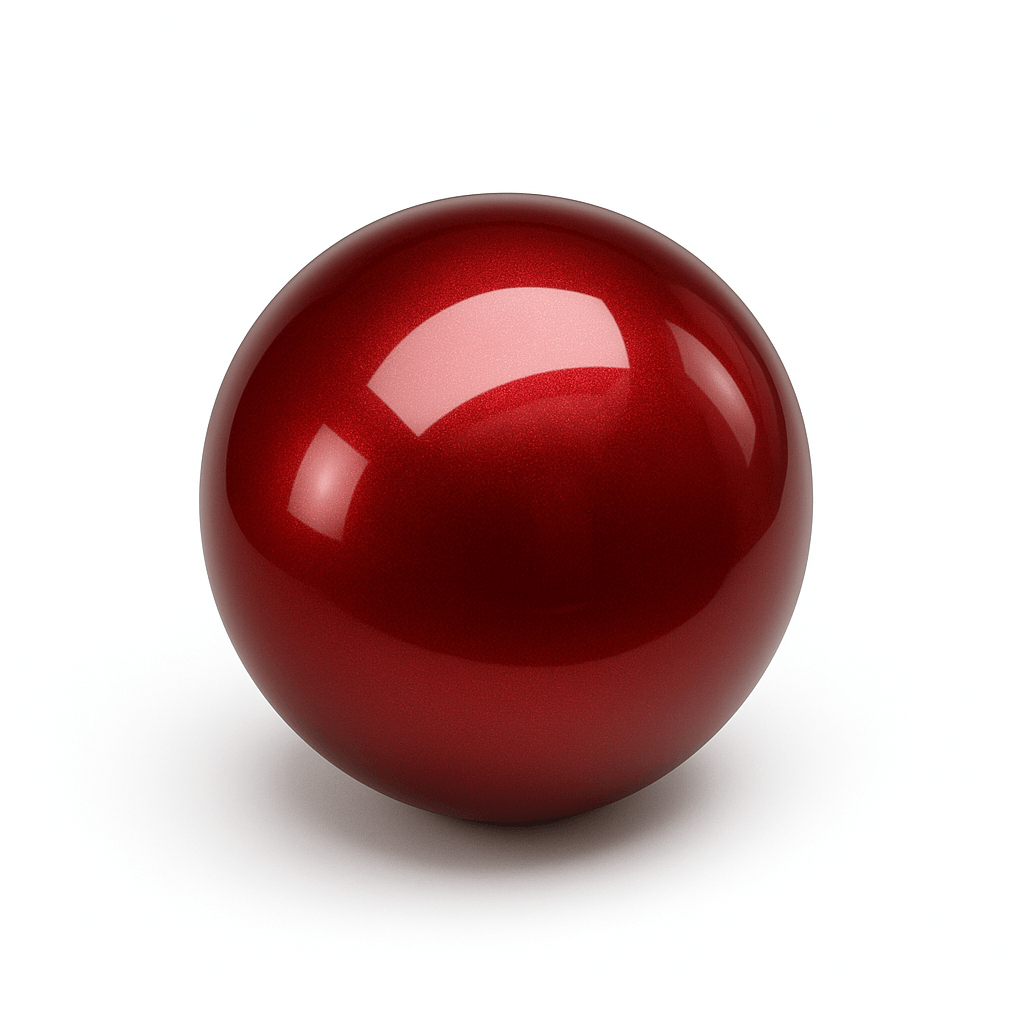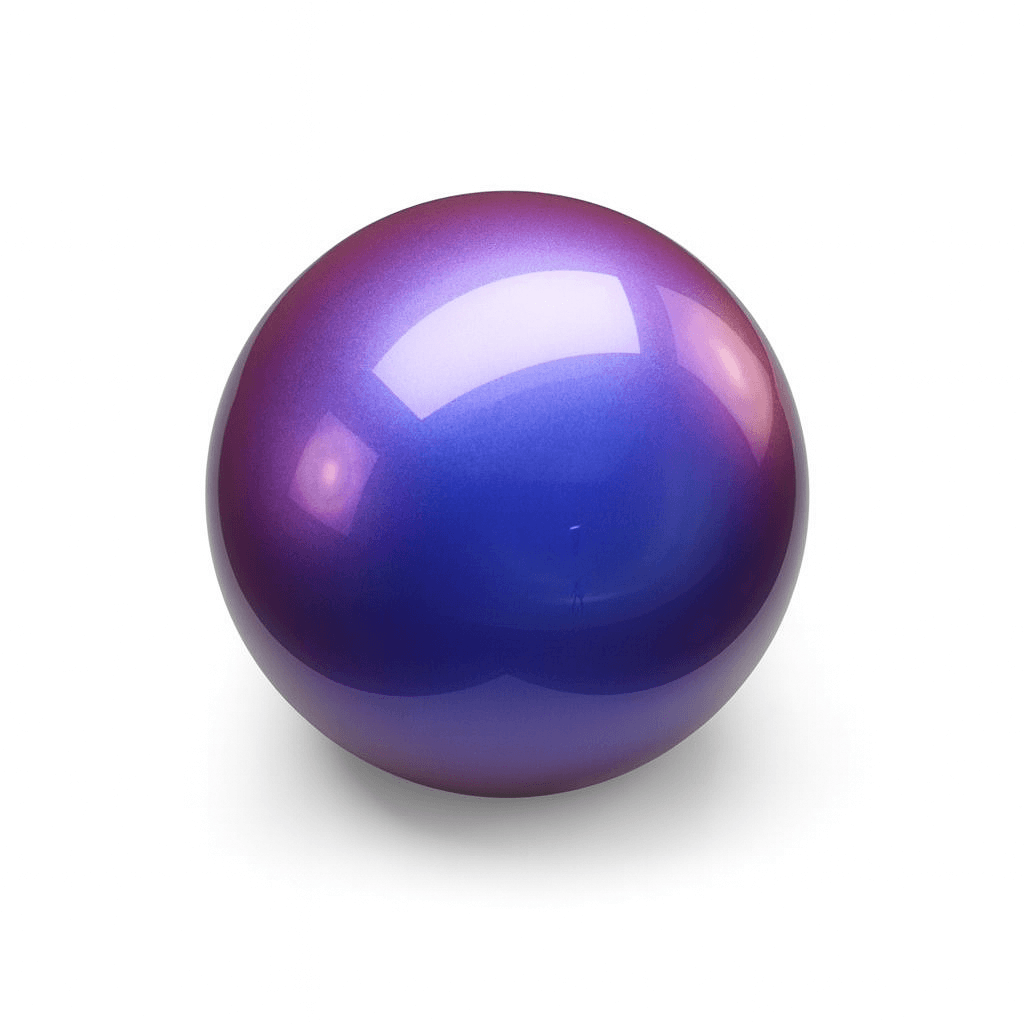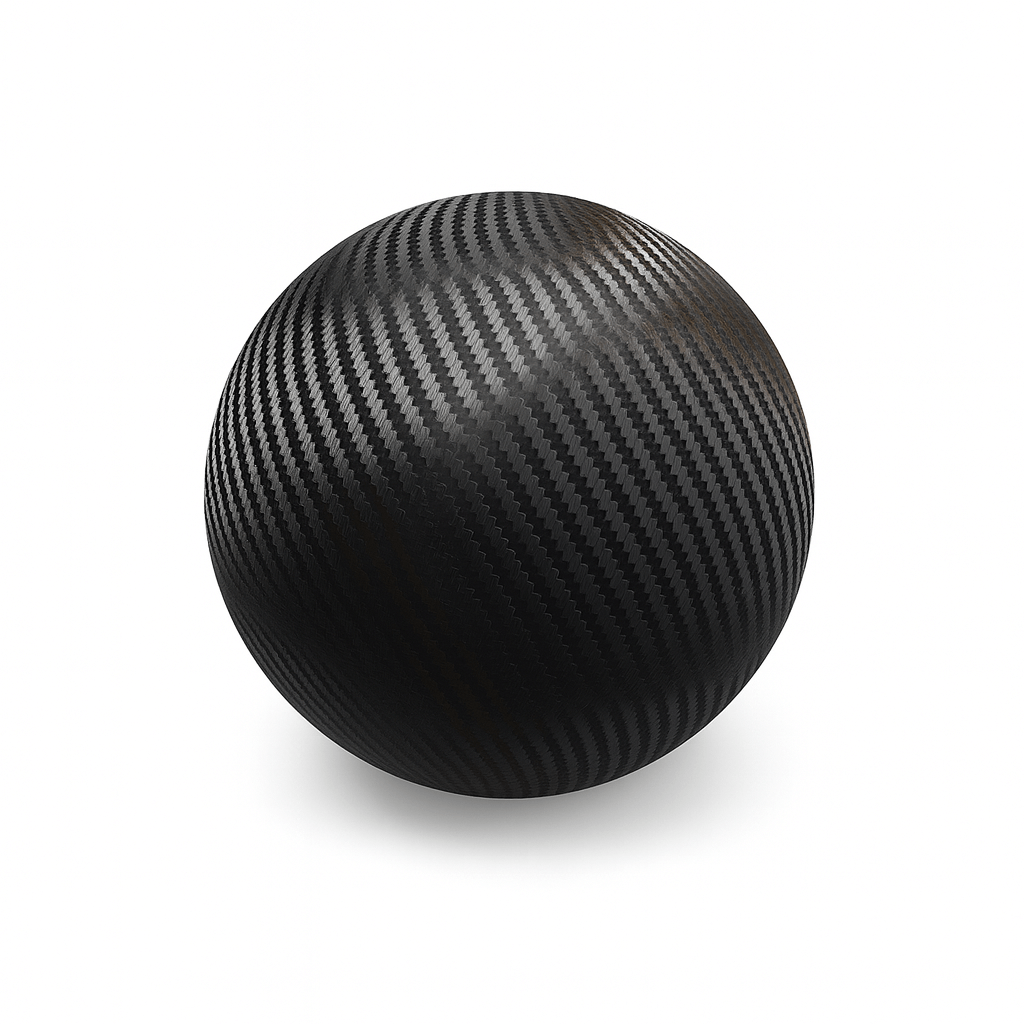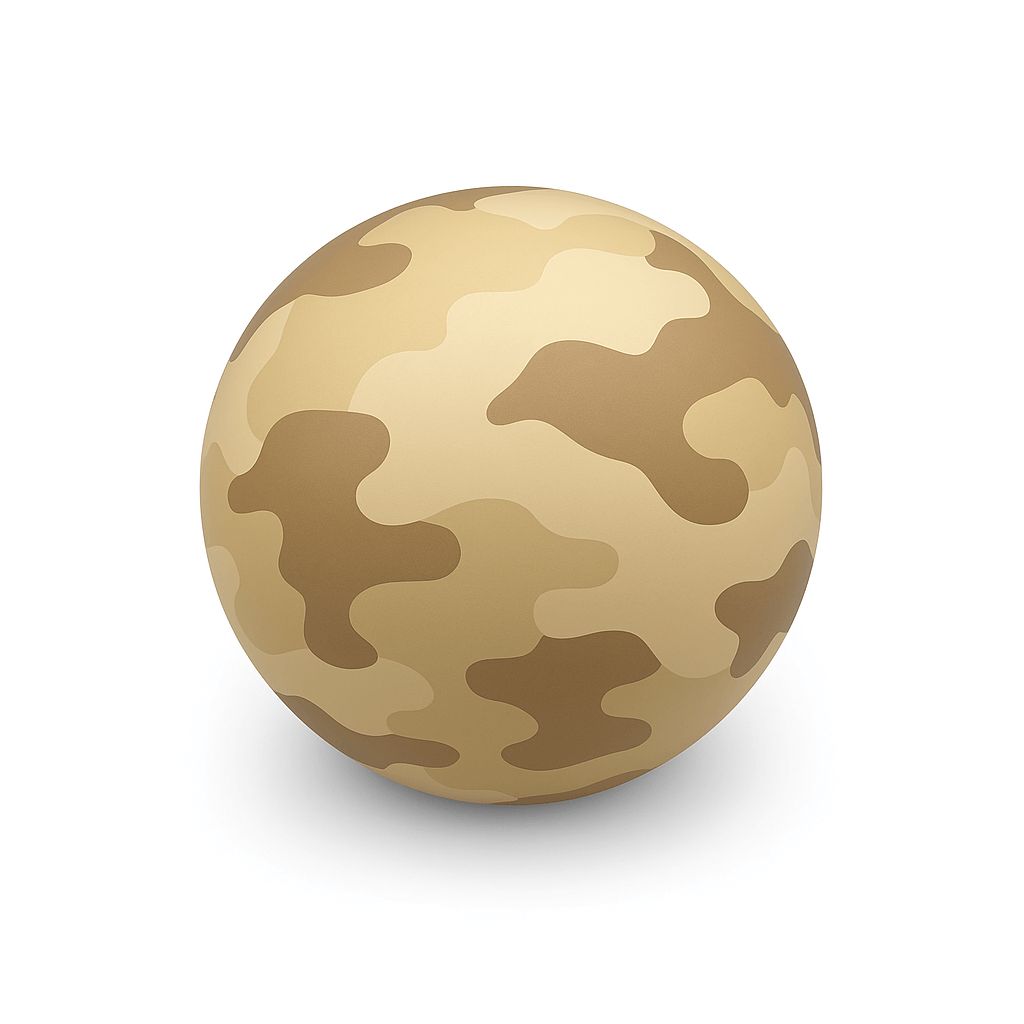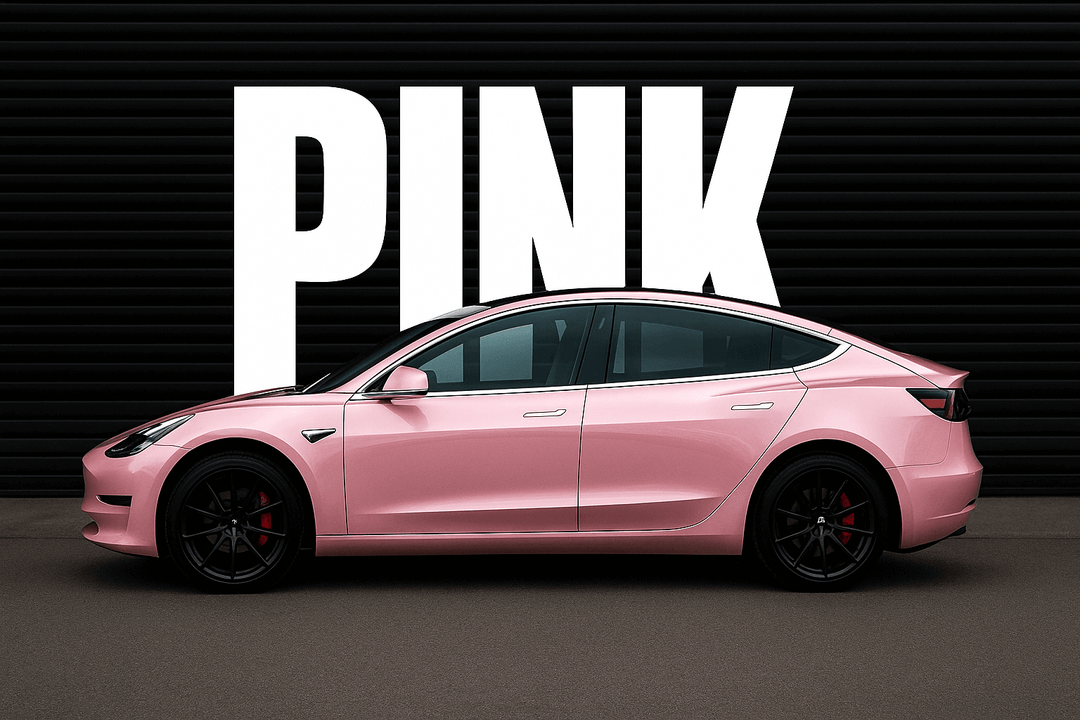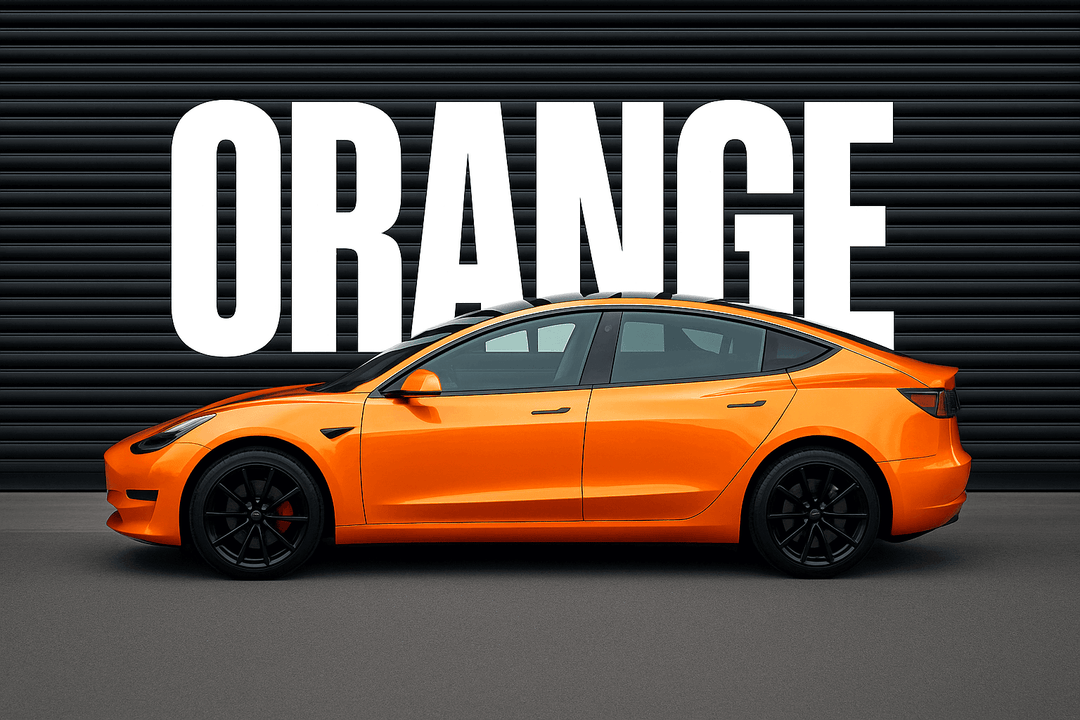7 Simple Steps to Remove Vinyl Wrap Adhesive
If you're in the market for a protective film for your vehicle or change a new color for your truck, vinyl wraps have become the go-to choice. They dominate the scene, offering everything from car wraps and decals to stickers for electronics, drinkware, advertising trucks, helmets, walls, and even home décor. Vinyl applications are incredibly versatile and practical, especially for those who want to avoid the dullness of traditional paint jobs. With a wide array of colors, patterns, and finishes available, it's no wonder that many are opting for vinyl wraps over other decorating options.
Why Remove The Vinyl Wrap?
Given the lots of advantages of vinyl wrap, you may wonder why you would ever want to take off vinyl wrap. While vinyl wrap is known for its strength and long-lasting nature, it's reassuring to understand the right time and method for replacement in case of an accident. Additionally, personal preferences and styles can evolve, prompting a change in your wrap.
Trends in design and color can change dramatically over just a few years. This means you have the opportunity to update your look with fresh, modern designs and cutting-edge vinyl wraps. Additionally, these wraps are perfect for advertising campaigns, allowing you to easily incorporate new slogans and branding with minimal hassle.



Regardless of whether you encounter any issues or have specific needs, even with the best maintenance of your vinyl wrap, it's recommend to replace a new one after 3 years. This is because external factors will slowly degrade it over time, making it essential to know how to effectively remove the vinyl wrap adhesive.
Vinyl adheres effectively to surfaces primarily because of its adhesive backing. When it comes time to remove this adhesive, it's crucial to understand the type you're working with. There are two main categories of adhesives: water-based and solvent-based. Solvent-based adhesives are designed for long-lasting, permanent applications, as they create a strong bond with the surface. In contrast, water-based adhesives are simpler to remove but do not offer the same level of durability.
How To Remove Vinyl Wrap Adhesive? Step By Step Guide
One of the greatest advantages of vinyl wraps is their ease of application and removal. The entire process is so straightforward that you can tackle it on your own right at home! If you're looking to save money instead of paying for professional removal of your vinyl wrap adhesive, here are some easy steps you can take.
Step 1. Gather Your Supplies
Before you start, make sure you have the following items:
- Heat Gun or Hair Dryer: To soften the adhesive.
- Adhesive Remover: Products like Goo Gone or 3M Adhesive Remover.
- Isopropyl Alcohol: For cleaning up any residue.
- Plastic Scraper: To gently scrape off the adhesive without damaging the surface.
- Microfiber Cloths: For wiping down surfaces.
Step 2. Heat the Area
Use a heat gun or hair dryer to warm up the adhesive. This softens it, making it easier to remove. Hold the heat source a few inches away from the adhesive and move it in a circular motion. Be careful not to overheat and damage the paint.
Step 3. Peel Off the Vinyl Wrap
Once the adhesive is softened, start peeling off the vinyl wrap. If it’s difficult to remove, reapply heat to the area. Gently pull the wrap at a low angle to avoid tearing it and leaving behind more adhesive.
Step 4. Apply Adhesive Remover
If adhesive remains after removing the wrap, apply an adhesive remover to the affected areas. Follow the manufacturer’s instructions for application. Typically, you’ll need to let the product sit for a few minutes to break down the adhesive.
Step 5. Scrape Off the Adhesive
Use a plastic scraper to gently scrape off the loosened adhesive. Avoid using metal tools, as they can scratch the surface. Be patient and work slowly to ensure you don’t damage the paint.
Step 6. Clean the Surface
After removing the adhesive, clean the area with isopropyl alcohol and a microfiber cloth. This helps remove any remaining residue and restores the surface’s shine. Ensure the area is completely dry before applying any new products or wraps.
Step 7. Inspect and Reapply
Check the surface for any remaining adhesive or damage. If necessary, repeat the adhesive removal process. Once the surface is clean and smooth, you can proceed with applying a new vinyl wrap or other treatments.
Tips for a Smooth Removal
- Work in a Well-Ventilated Area: Adhesive removers and heat can produce fumes. Ensure good ventilation to avoid inhaling harmful vapors.
- Test Removers First: Test any adhesive remover on a small, inconspicuous area to ensure it doesn’t damage the paint.
- Be Patient: Rushing the process can lead to damage. Take your time to ensure thorough removal.
There's no need to worry if you've taken off your vinyl and are left with some sticky residue. In addition to various kitchen remedies, there are high-quality adhesive removers on the market. It's a good idea to consult an automotive specialist to find the product that works best for your vehicle.
Frequently Asked Questions
Q: Is it possible to damage the surface while removing the adhesive?
A: Yes, it is possible to damage the surface while removing adhesive if the process is not handled carefully. Overheating with a heat gun or using abrasive tools can harm the paint. To avoid damage, use a heat gun or hair dryer on a low setting and a plastic scraper instead of metal tools. Be gentle and patient, ensuring you don’t scratch or mar the surface. If you're unsure, consider consulting a professional to handle the removal.
Q: Can I remove the vinyl wrap without heat?
A: While it’s technically possible to remove vinyl wrap without heat, it is much more challenging. Heat helps to soften the adhesive, making it easier to peel off the wrap in one piece. Without heat, you might struggle with a sticky residue and have a more difficult time removing the wrap cleanly. If you must remove vinyl wrap without heat, use adhesive remover and be prepared for a more labor-intensive process.
Q: Will rubbing alcohol damage car paint?
A: Rubbing alcohol is generally safe for use on car paint when used in moderation and properly. It effectively cleans surfaces without causing damage if applied correctly. However, it’s always best to test it on a small, inconspicuous area first to ensure it does not affect the paint. Avoid using excessive amounts of rubbing alcohol and ensure the surface is thoroughly rinsed with water afterward to prevent any potential harm.




